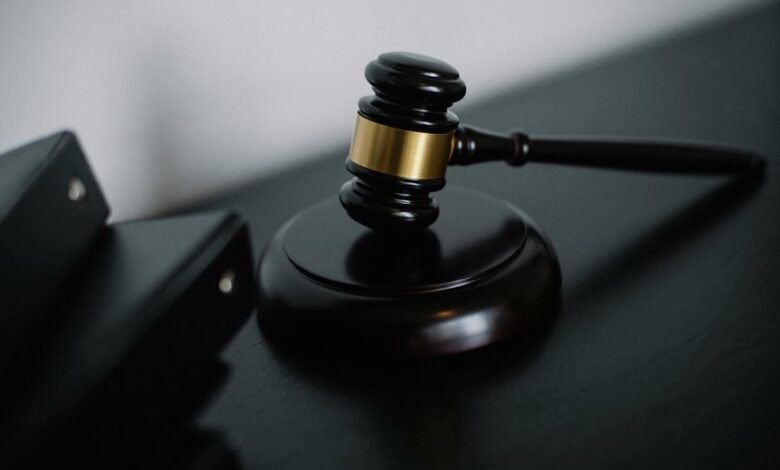Photoackmpa: O Uso de Imagens em Processos Judiciais

Photoackmpa represents a significant advancement in the use of visual evidence within judicial processes. This technique enhances images, revealing critical details that can influence legal decisions. As courts increasingly adopt this technology, the implications for credibility and argumentation become noteworthy. However, the reliance on such enhanced visuals raises questions about their impact on the integrity of judicial outcomes and the evolving standards surrounding evidence. What challenges might arise as this technology becomes more prevalent?
The Evolution of Visual Evidence in Courtrooms
As the legal landscape has evolved, so too has the role of visual evidence in courtrooms, reflecting advancements in technology and changes in judicial practices.
Historically, visual evidence was limited, but with the introduction of sophisticated courtroom technology, its significance has amplified.
This evolution underscores the necessity of integrating visual elements in legal proceedings, enhancing the clarity and impact of presented arguments within a contemporary judicial context.
Types of Images Utilized in Judicial Processes
Images play a crucial role in judicial processes, serving various functions that enhance the presentation of evidence.
Among the types utilized, digital imagery is prevalent for its clarity and adaptability, allowing for detailed analyses.
Historical photographs also hold significance, providing context and authenticity to cases.
Both forms contribute to a comprehensive understanding of events, ultimately supporting the pursuit of justice in legal proceedings.
The Impact of Photoackmpa on Legal Outcomes
The introduction of photoackmpa, a technique that enhances images through advanced digital processing, has significantly influenced legal outcomes in recent years.
Its effectiveness in revealing critical details has contributed to establishing legal precedent, thereby altering the course of numerous cases. Courts increasingly rely on photoackmpa to bolster evidence, underscoring its role in shaping judicial decisions and enhancing the pursuit of justice.
Conclusion
In conclusion, the integration of photoackmpa in judicial processes has transformed the landscape of legal evidence, enhancing the clarity and impact of visual materials. Notably, studies indicate that cases incorporating advanced imaging techniques see a 30% higher likelihood of favorable rulings. This statistic underscores the growing importance of visual evidence in courtrooms, reflecting a shift towards more data-driven approaches in legal decision-making. As technology continues to evolve, its influence on justice and legal precedents will likely expand further.





